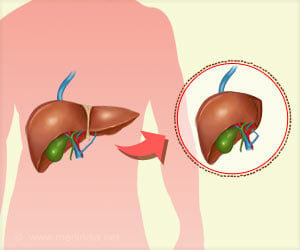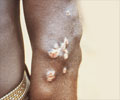Experts investigated trends in infectious disease mortality in the United States from 1980 through 2014.

‘Vaccine-preventable disease death rates decreased since 1980. Mortality due to hepatitis B alone showed an increase coincident with the HIV/AIDS epidemic.’





Since 1996, major changes in infectious diseases have occurred, such as the introduction of human immunodeficiency virus (HIV)/AIDS and West Nile virus into the United States, advances in HIV/AIDS treatment, changes in vaccine perceptions, and increased concern over drug-resistant pathogens. To examine these changes, the authors used data from the National Office of Vital Statistics reports from 1900 through 1967 and from the Centers for Disease Control and Prevention (CDC) WONDER database from 1968 through 2014. Overall and infectious disease mortality decreased from 1900 through 1950 (except for the 1918 spike) and then leveled off. From 1980 through 2014, infectious diseases composed 5.4 percent of overall mortality. Per 100,000 population, infectious disease mortality increased from 42 in 1980 to 64 in 1995, paralleling trends in HIV/AIDS mortality. A decline in overall and HIV/AIDS mortality in 1995 was associated with the introduction of antiretroviral therapy. Most infectious disease deaths (38 percent) from 1980 through 2014 were due to influenza or pneumonia.
Vaccine-preventable disease death rates decreased since 1980. Mortality due to hepatitis B alone showed an increase coincident with the HIV/AIDS epidemic. Mortality due to pathogens with drug-resistant strains remained stable since 1980. Mortality from Clostridium difficile, a hospital-acquired infection with drug resistance, increased from almost none in 1989 until reaching a plateau since 2007.
"Grouping related diseases (e.g., vector-borne disease) and using national-level data allow for the evaluation of general trends. However, trends in population subgroups and at the community level, such as measles outbreaks within low-vaccination communities, were not captured. Nonetheless, these trends illustrate the continued U.S. vulnerability to infectious diseases," the authors write.
Source-Eurekalert















